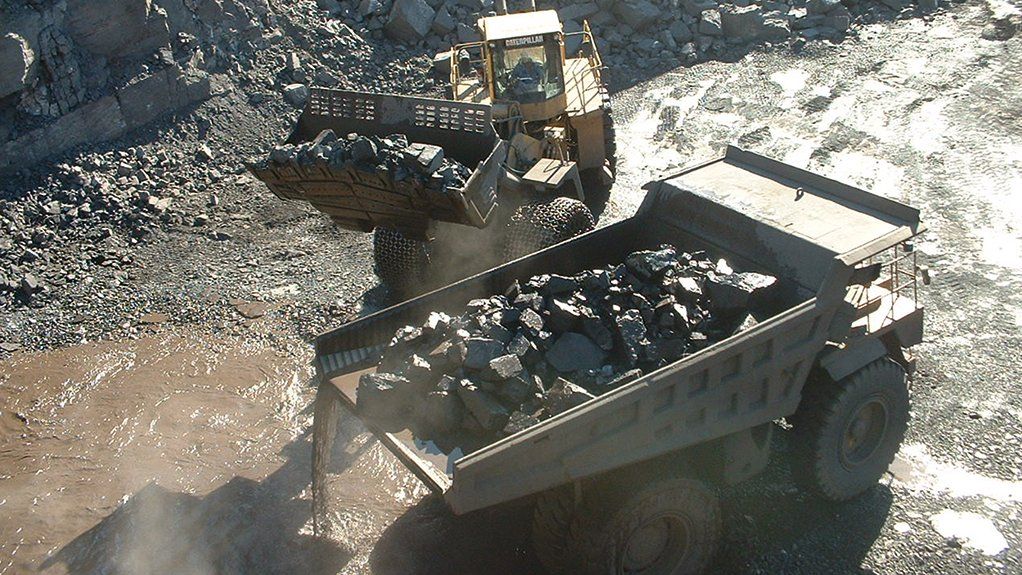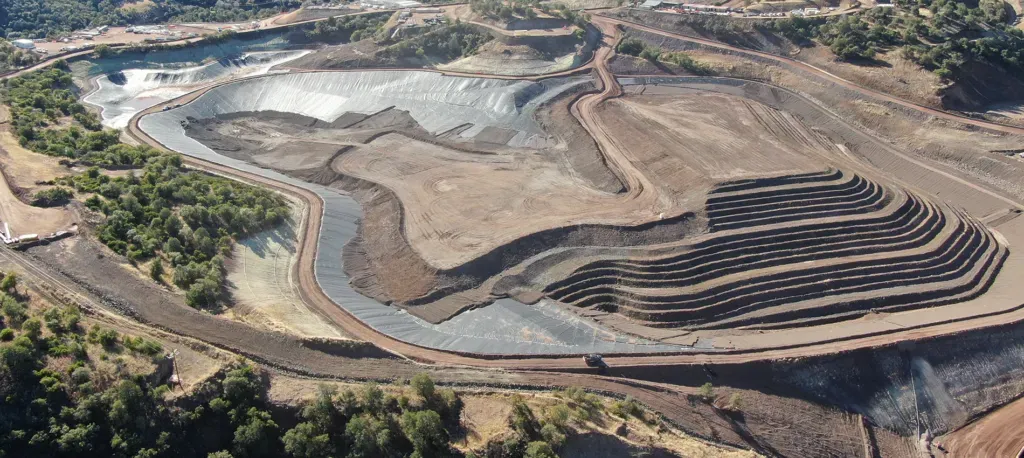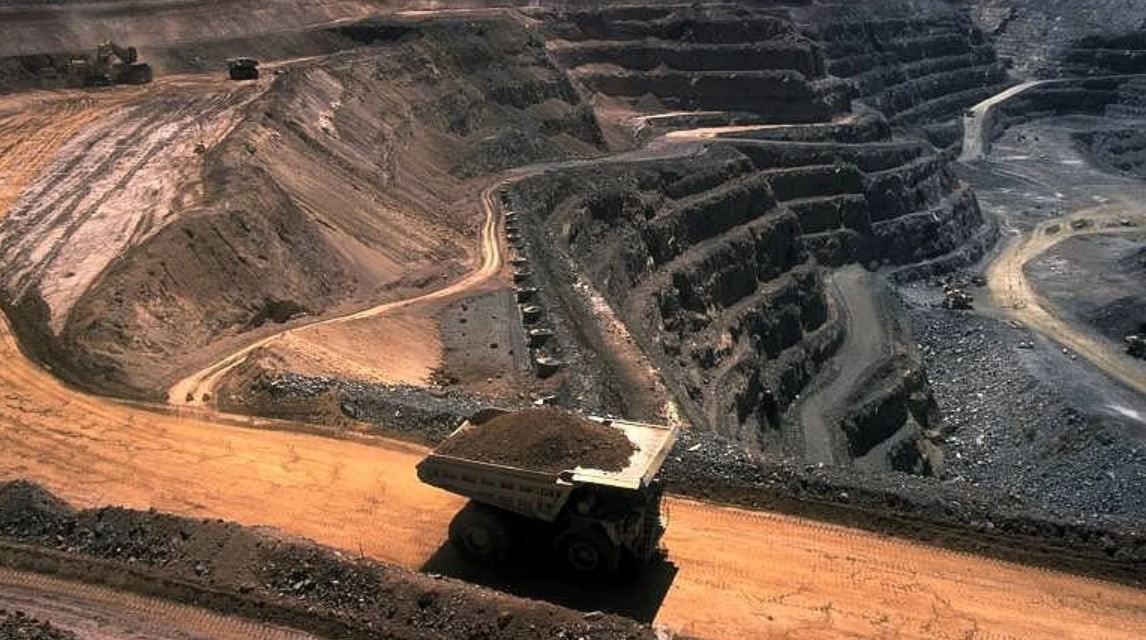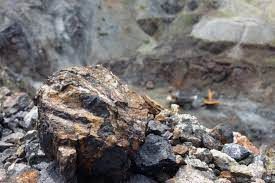South Africa’s Role in Global Manganese Ore Exports
- In 2023, South Africa dominated the global exports of manganese ores and concentrates, holding approximately 77.6% of the market share globally. Brazil trailed at 8.7%, followed by Ivory Coast at 2.2%.
- The country exported a total of about US $2.66 billion worth of manganese ores and concentrates in 2023, which was a 7.7% decrease from 2022’s US $2.88 billion.
- Manganese ores and concentrates made up around
2.4% of total South African merchandise exports in 2023, up slightly from 2.37% in 2022.
Transportation & Export Infrastructure
- Ore is transported from inland mines via the heavy-haul Sishen–Saldanha railway line, running roughly 300 km to the export port at Saldanha Bay. These are among the world’s longest and heaviest ore trains, reaching lengths over 3.7 km and payloads around 41,400 tonnes per train
Export Destinations (2023)
Across the HS 6-digit category 260200 (manganese ores & concentrates, ≥20% Mn content), here are the major export destinations in US dollars and share of total:
- China: US $1.58 billion (≈ 59%)
- India: US $411 million (≈ 15.4%)
- Malaysia: US $118 million (≈ 4.45%)
- Singapore: US $115 million (≈ 4.34%)
- Japan: US $107 million (≈ 4.03%)
- Latvia: US $86 million (≈ 3.24%)
- Norway: US $75 million (≈ 2.81%)
- South Korea: US $50 million (≈ 1.9%)
- Others (Indonesia, Saudi Arabia, etc.): smaller shares.
Additionally, smaller volumes of manganese and related articles (HS 811100) were exported to
Japan,
USA,
Netherlands,
Luxembourg, and others totaling about
US $107 million in 2023.
Production & Major Mines
- The Postmasburg Manganese Field in the Northern Cape Province produces approximately 3–4 million tonnes annually. It comprises the Gloria, N’Chwaning, Mamatwan, and Wessels mines and features high-grade manganese ore of ~40–55% Mn.
- N’Chwaning Mine alone has an estimated reserve of over 323 million tonnes, with ore grading around 42.5% Mn.
- Wessels Mine holds reserves of about 198.8 million tonnes with ore grading of ~55% Mn.
- Gloria Mine offers 156.2 million tonnes at ~33% Mn content.



Processing & Challenges
- Despite abundant reserves, only about 2% of mined manganese ore in South Africa is processed domestically. The majority remains raw-exported, limiting added economic value.
- The government has acknowledged this gap and is pushing for greater local beneficiation to enhance value capture from critical minerals.
Broader Context & Outlook
- Manganese is critical for steelmaking and increasingly in battery technologies—demand is expected to grow.
- South Africa continues to dominate global trade, especially for high-grade ores.
- Ongoing policy efforts focus on promoting domestic processing, though most ore remains sold raw.
Tonnage & Trade Volumes
- In 2023, South Africa exported approximately 22.13 million tonnes of manganese ore—up 7% from 20.74 Mt in 2022.
- Major destination tonnage included China (~14.16 Mt) and India (~3.09 Mt) in 2023.
Trend summary: Overall export volumes rose modestly year‑on‑year (~7%), with quarterly fluctuations linked to mine shutdowns or maintenance.
Infrastructure & Logistics
- Ore is hauled from inland mines via the Sishen–Saldanha heavy‑haul railway line, with trains up to ~3.78 km long and payloads ≥41,000 tonnes—among the world’s longest and heaviest ore trains.
- Export capacity constraints—e.g. port delays or rail bottlenecks—have periodically limited ramp-ups, particularly amid weak price environments.
South Africa remains the world’s dominant exporter of manganese ore, with export volumes steadily growing
and most sales taking place at low‑to‑mid USD 3/dmtu in 2025. Major producers like South32, Jupiter (Tshipi), and UMK lead operations, tapping high‑grade Northern Cape reserves such as N’Chwaning and Wessels. However, pricing softness has put pressure on margins, while logistical limits still cap further market expansion.

